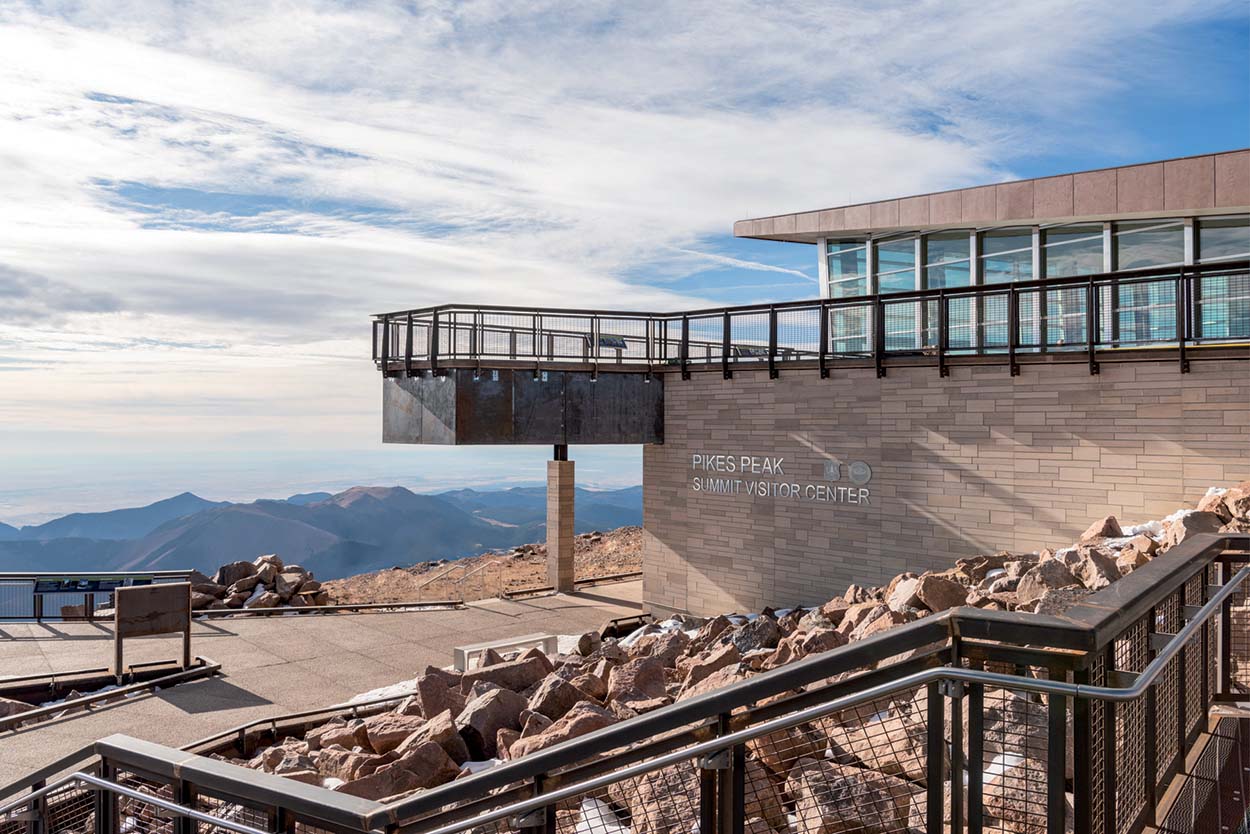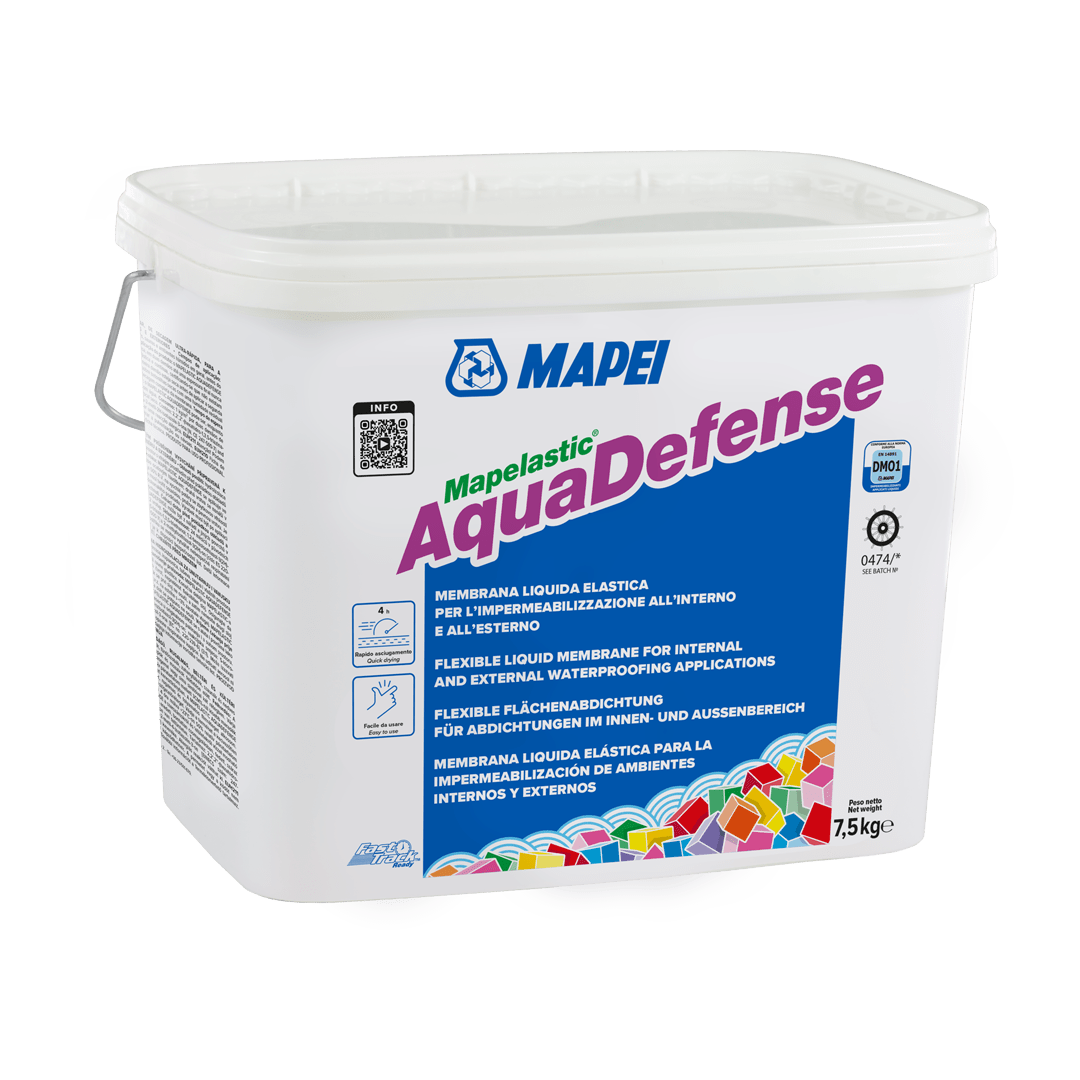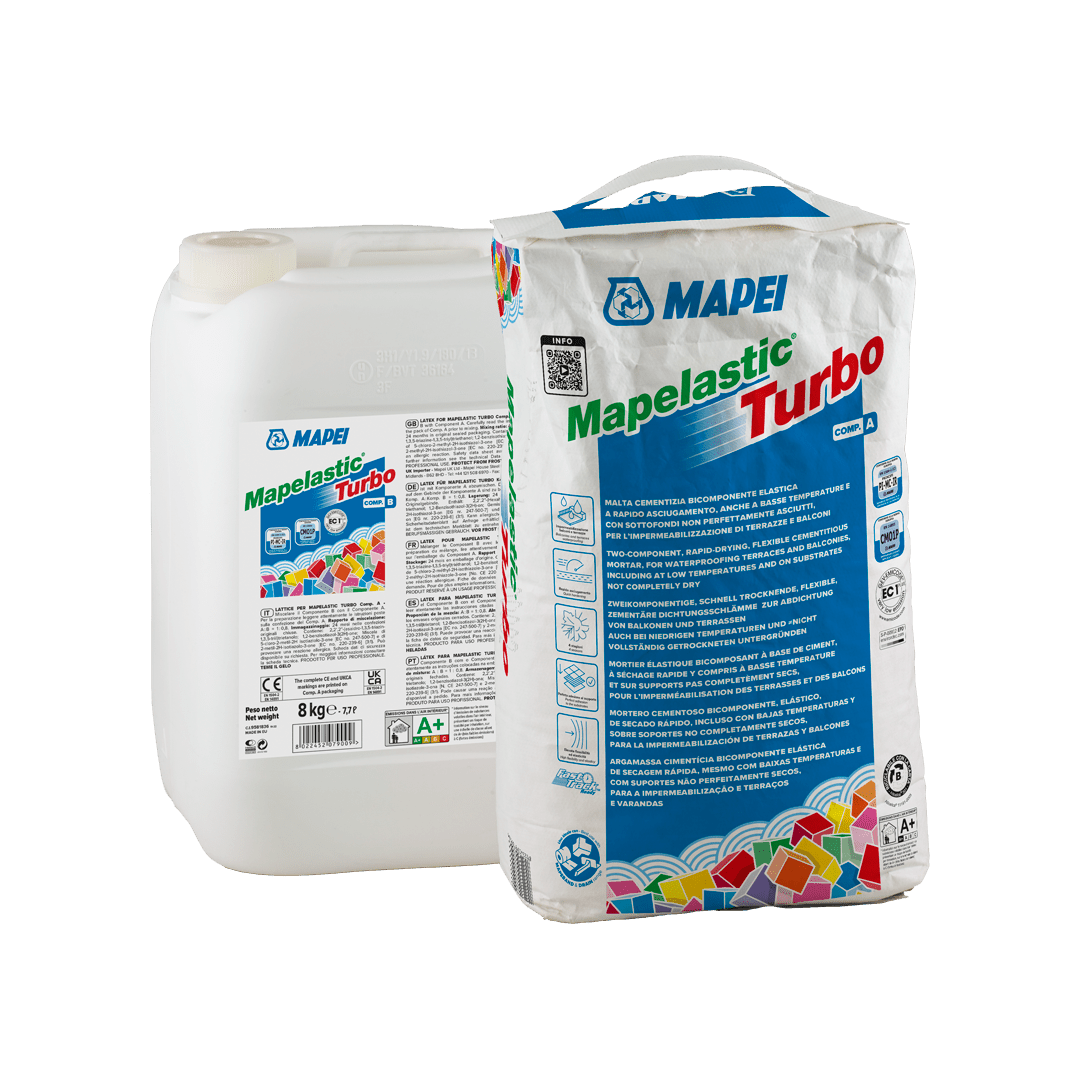

Projects
/
5/9/2023
Pikes Peak Summit Complex
Cutting edge products for building the most sustainable high-altitude (4302 m) structure in the United States.
Cutting edge products for building the most sustainable high-altitude (4302 m) structure in the United States
A visitors center at the top of the America’s Mountain
Known as “America’s Mountain,” Pikes Peak is iconic. It is one of the most visited mountains in the world and a top tourist destination for the state of Colorado. The summit, at 4,302 m above sea level, is a US National Historic Landmark (NHL), and the mountain itself, in addition to the spectacular views it affords, holds a special place in America’s heart.
Maintained by the City of Colorado Springs, which sits at the base of the mountain, the Visitor Center at the summit is reached by an estimated 750,000 people per year. That ascent can be made via hiking or driving up Pikes Peak Highway.
For the crews who worked to build the new Visitor Center, America’s Mountain became a symbol of pride for more than patriotic reasons. They had to overcome several challenges: covering by car 30.6 km, making 156 turns, and climbing 1,132 m up a 7% grade with construction materials and heavy equipment; lack of oxygen, restrictions related to COVID-19, extreme cold weather. It is a scenario straight out of an “adventure” movie.

At 4,302 m above sea level, Pikes Peak Summit is one of the most visited mountains in the world. The Visitor Centre on the summit is a unique and highly sustainable structure offering several services to visitors.
The summit of sustainability
For Mapei Corporation, a US subsidiary of the Group, the Visitor Center became an opportunity for involvement from the very beginning in a very special project, aiding on product selection for the most environmentally conscious construction project on one of North America's highest mountain peaks.
The City of Colorado Springs wanted to ensure that the building program was environmentally sound. They decided to pursue multiple green building certifications, including LEED and The Living Building Challenge (LBC). For instance, on top of the logistics of just getting materials up the mountain, the Pikes Peak design team considered factors including designing the building in such a way as to be Net-Zero water-ready. This means the building is able to, among other features, gather and reuse rainwater and snow.
Mapei Corporation’s Sustainability team, led by Sustainability Manager Brittany Storm, has been involved in this project since early 2019, consulting with the tile contractor, architectural firm, and the general contractor to make recommendations and provide proof of sustainable products that meet the requirements of both certifications.
“We advocate to be involved with the design team early in a project, especially when it comes to sustainability, as the design and construction teams are not expected to know every manufacturer’s product line inside and out. Then add having to know each product’s sustainable attributes and certifications on top of that,” Storm said.
But what works for one green building system may not work for another. Storm explained the challenge, “We had to work with contractors, design team, construction team to strategically select products that not only met the performance, aesthetic, and other traditional considerations but also LEED’s and LBC’s sustainability requirements. While there are synergies between the two green building standards, there are also product requirements that would work for one standard but not the other. We had to juggle both standards and find products that took both traditional (durability, technical performance and aesthetic impact) and sustainable considerations into account.”
This effort was not wasted: the Pikes Peak Summit Visitor Center achieved LEED Platinum certification and is currently the most sustainable high-altitude (4.302 m) structure in the United States.

Several Mapei products were used in the interior areas to install and grout ceramic floors in the kitchen, restaurant, shop and toilettes.
Working at the Summit of America
Ultimately, more than 15 Mapei products across three product lines were chosen to build the Visitor Center due to their sustainability features (low emission level of Volatile Organic Compounds; use of recycled materials and local raw materials, Environmental Product Declarations, etc.).
Mapei products were used in both the external areas and internal areas. Going into detail, inside the monument that marks the summit of Pikes Peak, the substrates were waterproofed by applying MAPELASTIC TURBO elastic membrane; stone slabs were installed thanks to the use of GRANIRAPID SYSTEM cementitious adhesive system; the joints were grouted with ULTRACOLOR PLUS FA cementitious mortar and the expansion joints were sealed with MAPESIL T elastic sealant.
Mapei systems were also employed in the interior areas of the center, such as the system used to prepare the substrates for all the floors, consisting of PRIMER L acrylic primer, NOVOPLAN EASY PLUS levelling mortar and MAPECEM QUICKPATCH patching compound.
In the toilets adequate waterproofing of the substrates needed to be guaranteed, a challenge easily overcome by applying MAPELASTIC AQUADEFENSE ultra rapid-drying, elastic, liquid waterproofing membrane.
Installation of ceramic tiles on the stairs was carried out using ULTRAFLEX 3 one-component, modified polymer-based adhesive.
Different types of grouts for joints were used according to the different surroundings and type of use: ULTRACOLOR PLUS cementitious grout for the joints in the ceramic flooring in the entrance and sales areas; KERAPOXY CQ bacteriostatic epoxy grout with BioBlock® technology for the joints in the bathrooms, thanks to its excellent cleanability, resistance to aggressive substances and general healthiness; KERAPOXY IEG CQ epoxy grout for the joints in the kitchen because of its high resistance to stains, high temperatures and frequent cleaning with enzymatic cleaners. KERACAULK S sealant was used to seal the floor/wall joints and the joints in the corners of the floor and wall coverings.
PLANIGROUT 755, PLANIGROUT 712 and PLANIGROUT 728 non-shrinking construction grouts were used to create the cementitious baseplates for the wastewater treatment equipment.
All the products mentioned in this article, apart from MAPELASTIC AQUADEFENSE, MAPELASTIC TURBO and KERAPOXY CQ (which are also available on the international market), are manufactured and distributed on the United States market by Mapei Corp.








